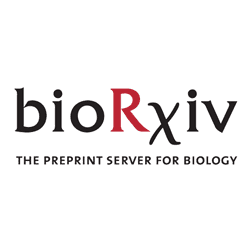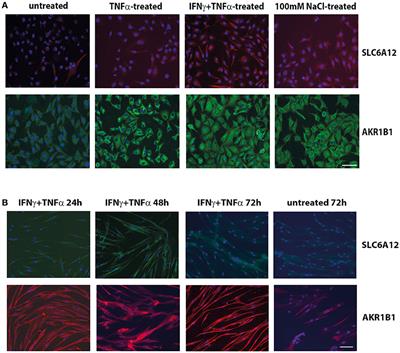achillea
Member
- Joined
- Feb 29, 2016
- Messages
- 903
It took the analemma water group 14 years of their own time and money to create the testing devices and perfect the coherency and then another year to develop and ensure the efficacy of the wand,One can easily make their own "water wand" with the information found in the book, "Dancing with water" by MJ Pangman
It is not easy






